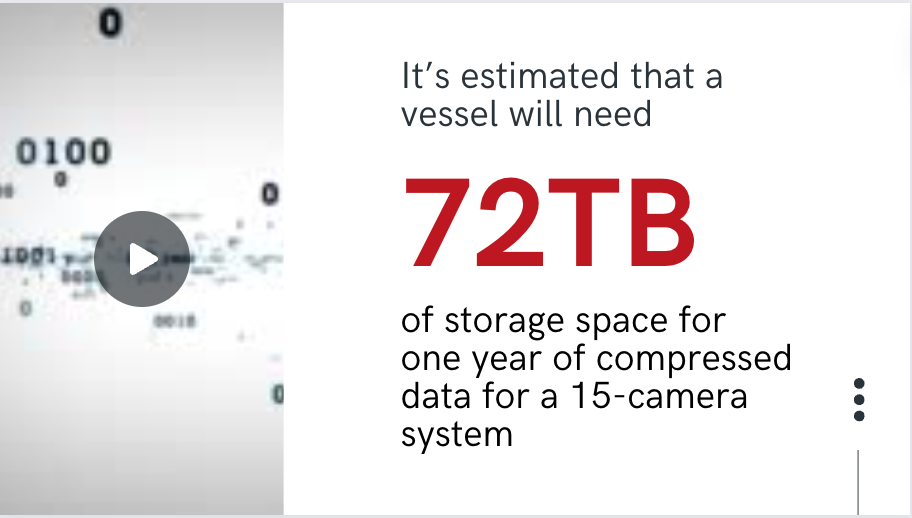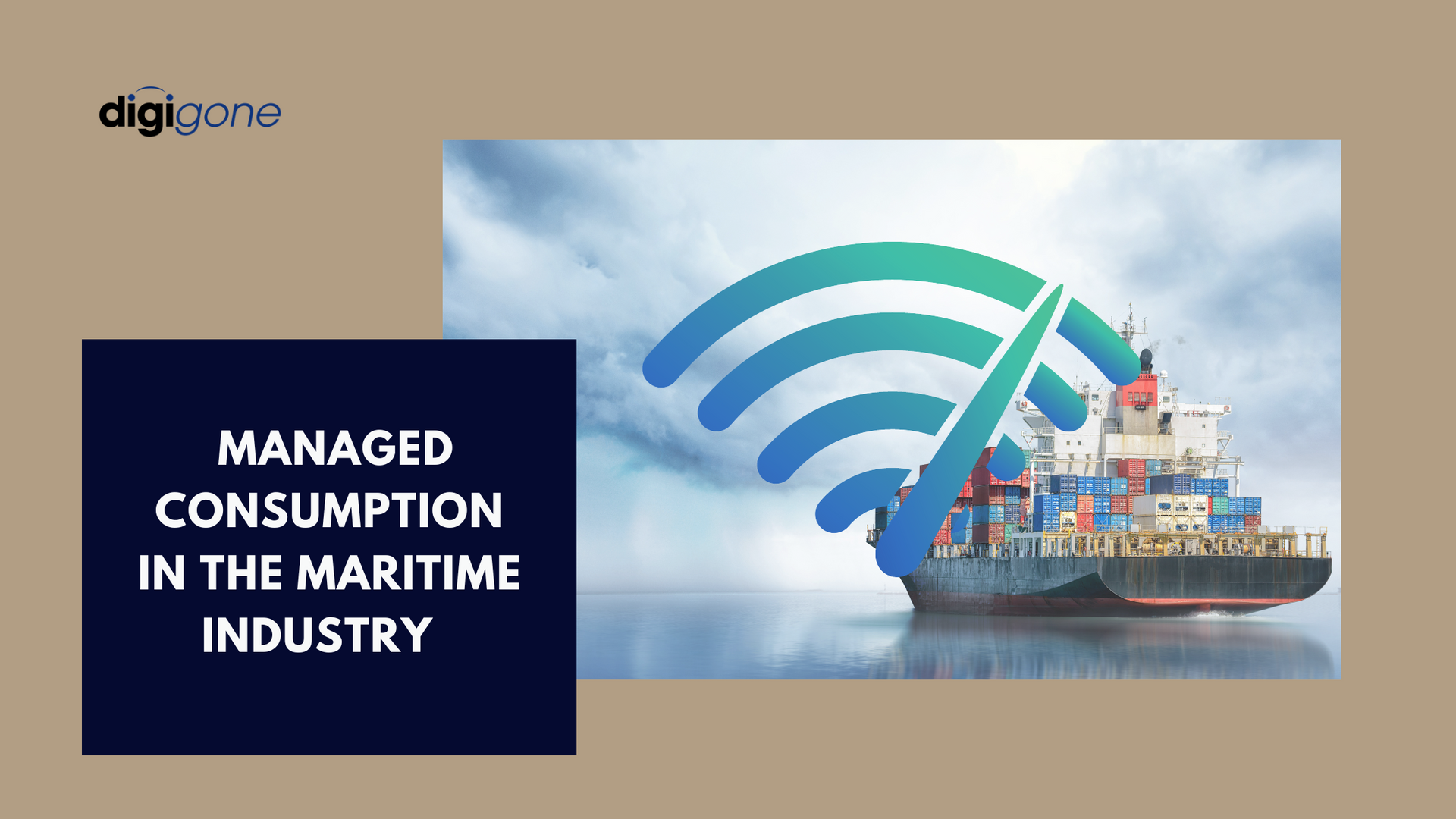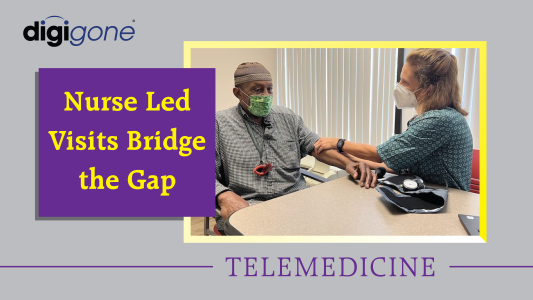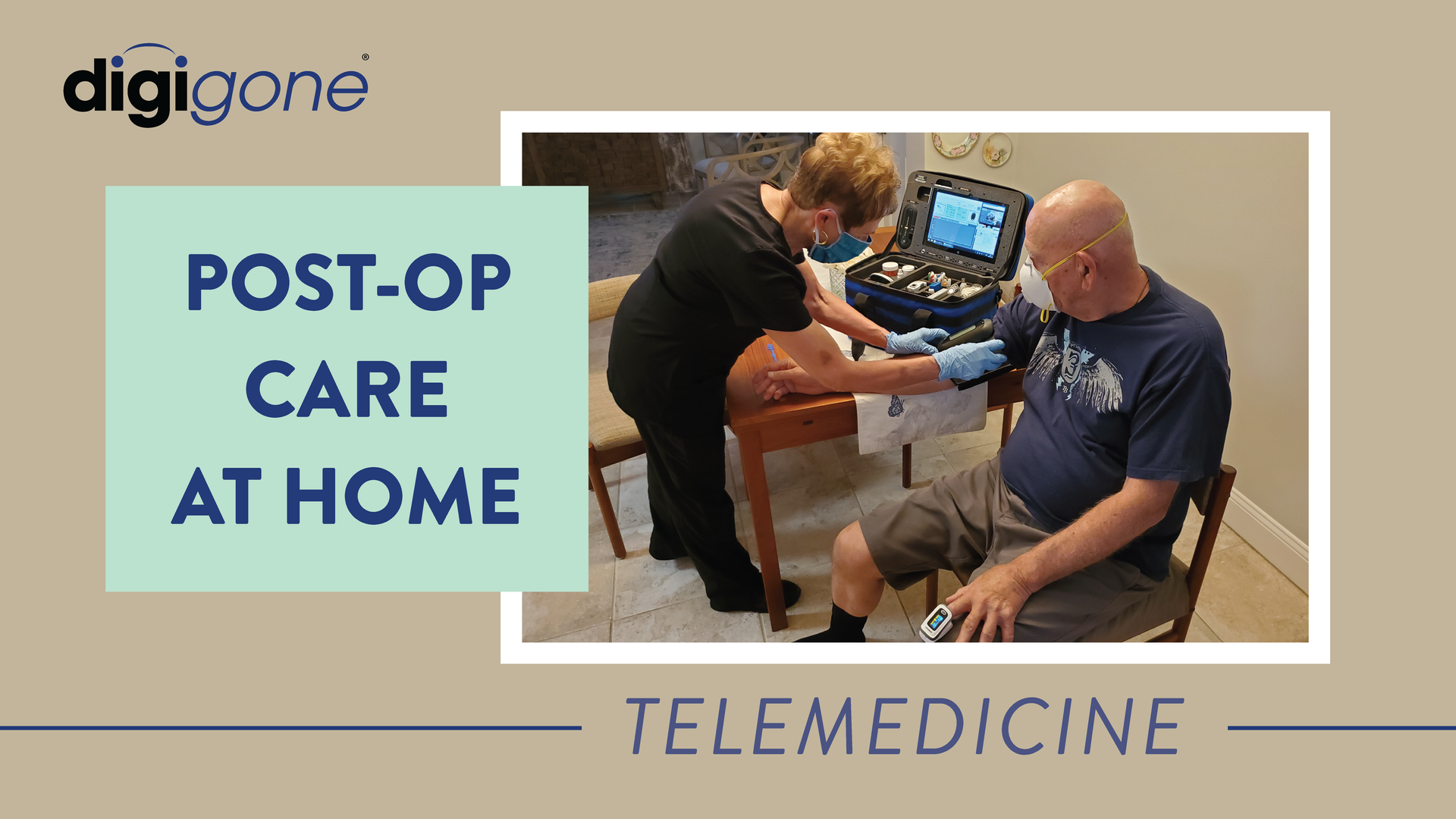Mother and Infant Health in Remote Areas, The Impact of Portable Ultrasound Devices
DigiGone • January 22, 2020

Every major organization that tracks such numbers agrees with this statement: Maternal mortality rates around the world are unacceptably high.
The numbers are truly staggering. The World Health Organization reports:
● Every day in 2017, approximately 810 women died from preventable causes related to pregnancy and childbirth, nearly 295,000 women in just one year.
● Ninety-four percent of those deaths occurred in low-resource settings and most could have been prevented.
● Sub-Saharan Africa alone accounted for about two-thirds of maternal deaths.
Sub-Saharan Africa also had the highest neonatal (infant) mortality rates in 2018 at 28 deaths per 1,000 live births.
There are a lot of complicated reasons why pregnancy and the beginning of life are so precarious in remote areas. And there’s no single broad stroke answer for any of these truly disheartening numbers. But there are some devices and technologies that are helping.
Ultrasound as a Key Part of Prenatal Care
In the United States, there’s no question that most pregnant women will receive an ultrasound – often more than once. But in remote areas that are hard to get to (or get out of) where basics like electricity are unreliable if available at all, a full-sized ultrasound machine isn’t reasonable.
Compact, light ultrasound devices incorporated into telemedicine kits
are literally saving lives in these hard to reach places.
Deaths That Could Have Been Predicted
In 2016, The Daily Monitor
covered the use of portable ultrasound devices in Uganda – where 63 out of every 1000 infants die before their first birthday – explaining that, “Many of those deaths come from complications that could have been predicted by ultrasound technology.”
Providing High Quality Prenatal Care in Isolated Areas
Reproductive Health
conducted an observational study of 762 pregnant women in rural Guatemala. The expecting mothers received prenatal care that included the use of portable ultrasound equipment, along with blood and urine tests. There was a 64 percent reduction in infant deaths and no maternal deaths in the observed group.
“The major reduction of maternal and neonatal mortality provides promising prospects for these low-cost diagnostic procedures, which allow to provide high quality prenatal care in isolated rural communities of developing countries.” – Reproductive Health
The technology that supports the portable ultrasound allows doctors, or trained technicians, to immediately view or upload images. The interface, which can be viewed on an iPhone or laptop, is easy to learn and intuitive. Using a telemedicine kit, the images can be securely sent to doctors or hospitals anywhere in the world in real-time, virtually bringing the specialist to the remote patient.
The Allure of Seeing Your Baby
There was also a collaborative study
that sought ways to appeal to women in very remote areas who were traditionally reluctant to seek any type of prenatal care.
Doctor’s with Western University
did a randomized trial where, through radio ads, they told pregnant women that if they came to the free clinic, they could see their unborn baby. Once the women were at the pop-up clinics, doctors were able to further assess the women and offer other life-saving prenatal measures. In particular, preventing the passage of diseases from mother to child.
The radio ads were just a clever way to alleviate anxieties about western medicine, and they worked! Six times more women came to the clinic and received medical care.
A Priceless Tool
When weighing the costs of these handheld ultrasound tools, around $1,500, to the impact they can have on women and children in remote communities around the world, the value is simply priceless. With an ultrasound device as part of a telemedicine kit, more infants in remote areas will be given proper care so they can thrive and their mothers will be right there with them.

Telemedicine kits are becoming indispensable tools for home healthcare providers, particularly during transition care medical examinations (TCMs). While the initial TCM is conducted by a physician who generates revenue from the service, the telemedicine kit significantly benefits home healthcare providers by expediting patient registration for their care services. With a nurse or medical assistant deploying the kit, patients can be quickly evaluated and connected with a physician, ensuring all necessary documentation and approvals are completed more efficiently. This faster onboarding process allows home healthcare providers to register more patients in less time, helping them deliver care sooner and grow their services efficiently. The ability to “bring the doctor” to the patient through a telemedicine kit is invaluable in initiating care seamlessly. Once patients are on board, home healthcare providers can continue leveraging telemedicine technology to improve how they deliver services. The kits enable nurses and medical assistants to perform follow-up visits, diagnostics, and real-time consultations without requiring patients to leave their homes. This capability allows providers to optimize their schedules and visit more patients daily, all while maintaining a high standard of care. The efficiency gained means better coverage, smarter use of resources, and happier patients. Beyond efficiency, telemedicine kits help providers build stronger connections with their patients by making care more accessible and personalized. Providers can quickly respond to emerging health concerns, adjust care plans, and ensure ongoing monitoring—all from the patient’s home. This not only leads to better patient outcomes but also boosts the provider’s reputation for being reliable and innovative. By facilitating the registration of more patients and enhancing care once they are onboarded, telemedicine kits are powerful tools that enable home healthcare providers to expand their reach, improve operational efficiency, and thrive in an increasingly competitive market. In a rapidly evolving healthcare landscape, telemedicine kits are revolutionizing how home healthcare providers deliver care, enabling faster patient onboarding, enhanced service delivery, and stronger connections with patients. By integrating this indispensable technology, providers can streamline operations, improve patient outcomes, and position themselves as leaders in care innovation. Don’t miss the opportunity to elevate your home healthcare services. Explore how telemedicine kits can help you expand your reach, optimize your resources, and deliver exceptional care. Contact us today to learn more and take the next step toward transforming your care delivery model.

With the new Safer Seas Act, vessel companies must comply with many new regulations by the end of the year. One of those requirements includes audio equipment placed outside of hallways leading to staterooms, which DigiGone can help with. And while this may seem burdensome, these new rules will be good for vessel companies in the long run.










